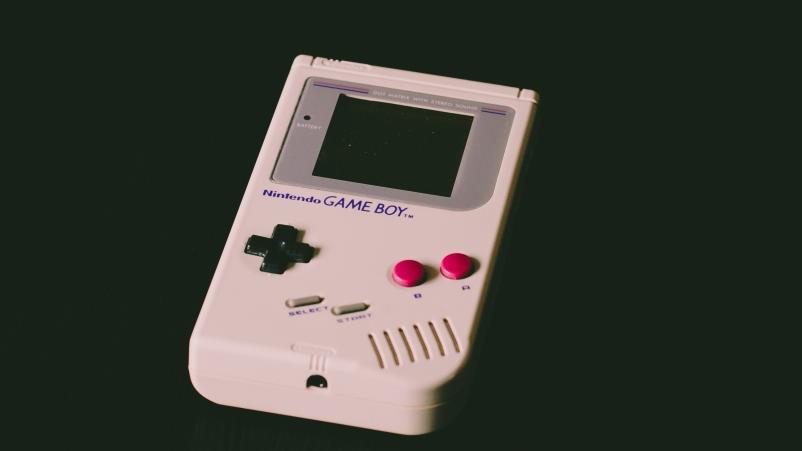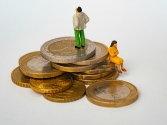 /Unsplash
/Unsplash
How brands can avoid inauthentic nostalgia marketing
A GlobalData expert flag inauthenticity in using throwback marketing and cite brand campaigns that are winning hearts.
Singapore retailers are being advised to capture consumers with authentic nostalgia marketing techniques instead of evoking consumers’ feelings with false retro strategies. One good example of successful throwback marketing is McDonald’s Singapore’s Prosperity Burger which coincides with Singapore’s Lunar New Year.
To correctly implement throwback marketing, GlobalData principal analyst Richard Parker advised brands to form emotional connections, leverage past symbolism, and prioritise optimism and positivity as consumers face geopolitical tensions, persistent inflation, and fears of economic recession.
“You’re trying to leverage the vibe without the heritage. The risk is if you’re doing that, what I’m terming as nostalgic appropriation, it’s almost like nostalgic marketing becomes a bit like greenwashing,” said Parker in an interview with the Singapore Business Review.
“It’s in a similar ballpark, of using something in an inauthentic way,” Parker added.
Capturing connections
Taking a leaf out of McDonald’s playbook with its Prosperity Burger, effective nostalgia marketing comes to life, perfectly timed with a Chinese New Year-related campaign aimed at offering Singaporeans a “taste of home.”
“[The campaign] depiction was of a young woman living abroad, and sort of lonely holiday season and then connecting with her family online to have a shared prosperity burger meal. It’s not necessarily connected to sort of nostalgia for a previous time, but it's nostalgia for a positive family event,” said Parker.
One way to connect with the brand’s audience, he said, is to leverage social media where people can talk about their nostalgic narrative.
For example, in 2015, #GrowingUpSingaporean began trending as people shared their childhood memories. This will allow brands and marketers to lay the groundwork for their strategy in a local area or region.
In a Boston Consulting Group study, APAC brands can leverage Shoppertainment and mix it with nostalgia storytelling. The study advised not to force decision-making by using stories that bring back good times.
Aside from the Prosperity Burger, another brand that used nostalgia marketing is MAMEE-Double Decker which launched in March a limited-edition line of their classic noodle snack, with a packaging label featuring its classic blue mascot in the 1970s, said Bobby Verghese, consumer analyst at GlobalData.
“Infusing vintage elements of yesteryear pop culture, historical, or social references into contemporary product and packaging formats allows companies to subtly hint at their longevity and heritage, without diluting their modern and trendy image,” Verghese said.
Guillaume Sachet, partner for advisory at KPMG Singapore, said a common form of nostalgic marketing is using old packaging, putting memorable logos or using a famous song from a classic movie in their advertising campaigns.
“Regardless of the approach or tactics that brands take, they will do well if they can keep the emotional hook fresh, and remain authentic, timely and relevant,” he said.
An example of this is Coca-Cola’s “Share a Coke” campaign, where common names on Coke bottles were printed. This campaign resonated with consumers because of personal connections and shared experiences. The campaign generated a 2% increase in US sales.
Reviving old but good
Another form is bringing an old product back but making it better, more contemporary and improving its qualities, features, and benefits, said Parker.
He cited an example of the Nokia 3310, which was an emblematic phone in the ’90s. In the last few years, Nokia brought out a new version of it and the key marketing message was “Remember this in the 90s? Feel old yet?
Future of throwback marketing
Parker said throwback marketing will be effective in the future as humans tend to idealise the past and search for comfort in memories.
“It will continue to be a powerful marketing tool. What will change will be the reference point, sort of chronologically for such a kind of nostalgia that will continue to progress with the generations,” said Parker.
He also explained that as Generation Z starts to have a decisive impact, they will turn to the ’80s and ’90s culture for brands but they will also be possibly in terms of the 2000s as their “childhood emotional linchpin.”
In Singapore, Sachet said the fast pace of change may bring stressors to its residents which is why nostalgia marketing will provide an escape from tensions in the current situations to relive warm comforts of the past and a simpler life.
























 Advertise
Advertise










